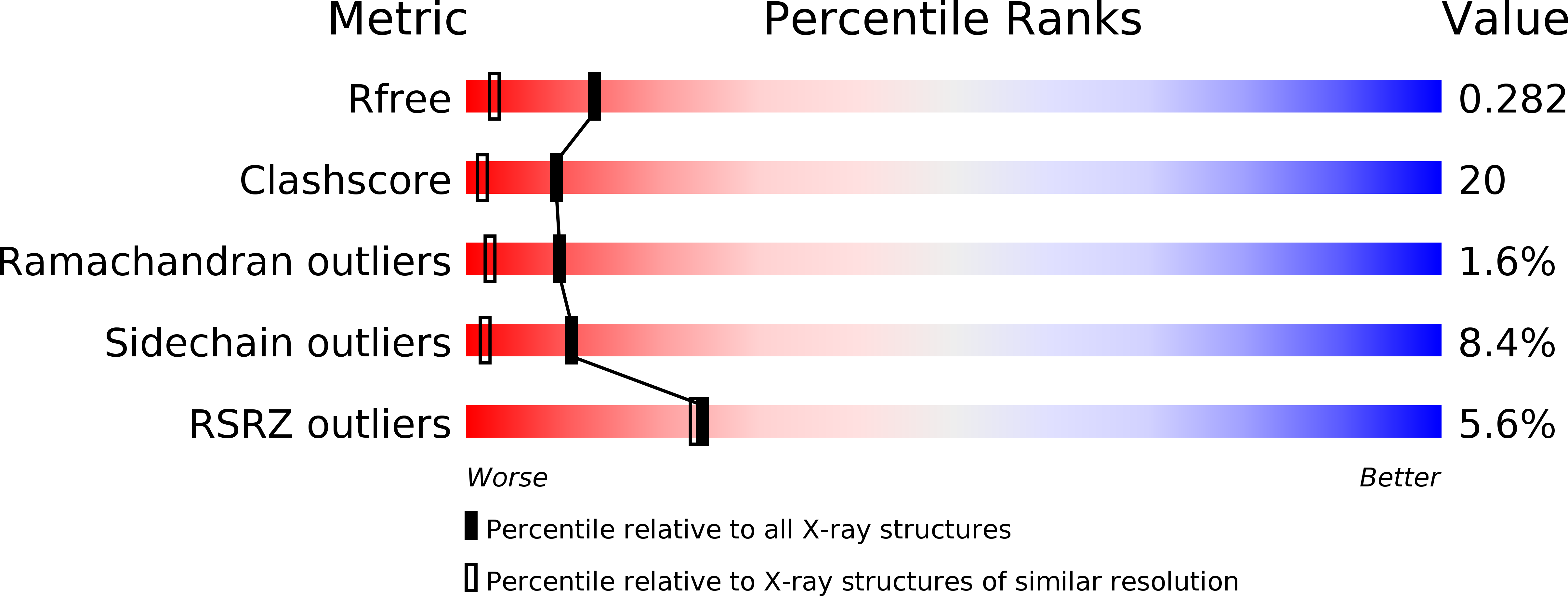
Deposition Date
2007-08-24
Release Date
2008-07-01
Last Version Date
2023-08-30
Entry Detail
PDB ID:
2R28
Keywords:
Title:
The complex Structure of Calmodulin Bound to a Calcineurin Peptide
Biological Source:
Source Organism:
Homo sapiens (Taxon ID: )
Host Organism:
Method Details:
Experimental Method:
Resolution:
1.86 Å
R-Value Free:
0.28
R-Value Work:
0.23
R-Value Observed:
0.23
Space Group:
C 1 2 1


